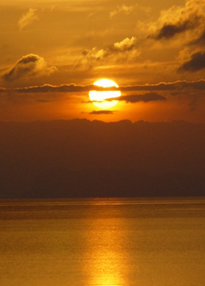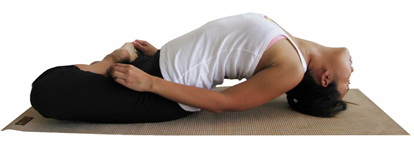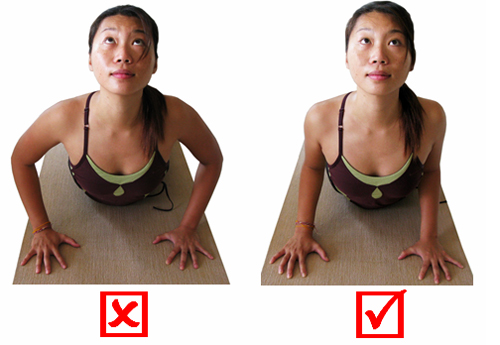We, Malaysians love our rice. For many, it is virtually impossible to go through an entire day without having at least one rice meal. In the past, the only option Malaysians had was white rice. But approximately two decades ago we were told that white rice was unfavourable due to the refining process that removes most of the nutrients and fiber. So the health conscious Malaysian started to introduce brown rice as a healthier alternative. And then with the rise of the health food phenomenon, we started to open up to wholegrain alternatives such as barley, oats, red rice, wild rice and flaxseed.
The latest kid on the block, which has only recently made its debut in health food stores around Malaysia is Quinoa (pronounced keen-wah). Originating from the Andes mountains of South America since as early as 3,000 BC, it was a staple food for the local natives and still remains so today for their rural descendants. Although resembling the cooking characteristics of a grain, the Quinoa is not a real grain, but the seed of a leafy plant, closely related to spinach and beets.
This richly nutritious and versatile seed boasts many benefits that would appeal to all supporters of natural foods diets. Here are the top reasons to eat Quinoa.
- Contains all essential amino acids – promotes tissue repair and development of bones and teeth, excellent protein source for vegetarians
- High in fiber – aids in digestion, prevents development of gallstones, tones the colon
- Gluten free – safe alternative for those intolerant to wheat or gluten
- High in Riboflavin and Magnesium – reduces migraine attacks, childhood asthma, stabilises blood pressure
- Low in Sodium and High in HDL – lowers cholesterol, reduces chances of heart disease
- High in Manganese and Copper – act as antioxidants to rid body of cancers
There are so many ways to relish the nutty and flavourful Quinoa. It is wonderful cooked in casseroles, soups and stews, provides a nice accompaniment to stir-fries, can be transformed into a hearty breakfast porridge or be tossed together with fresh garden greens to form a crunchy cold salad.
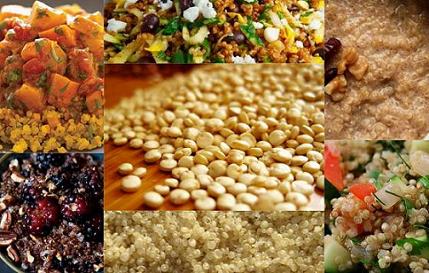
Learn how to cook this fluffy and light rice replacement, the miracle ingredient for a fitter and healthier you.
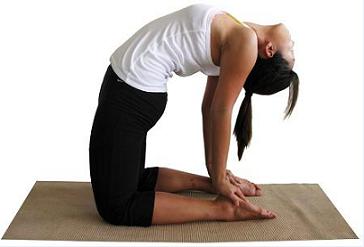
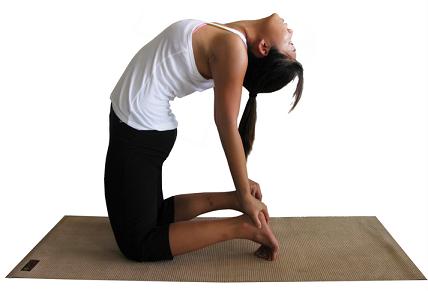
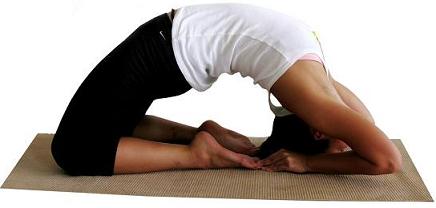
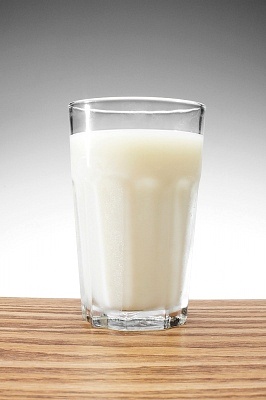
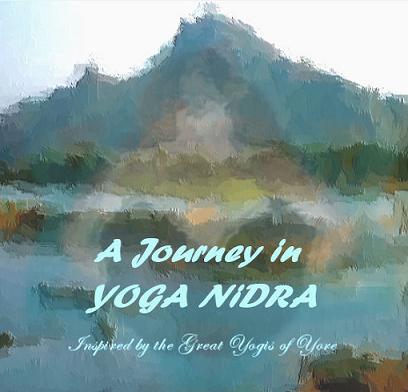

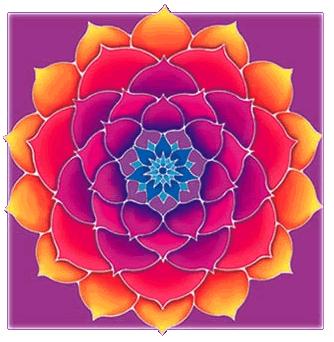 According to the ancient Hindu scriptures of Mandukya Upanishad, there are four states of consciousness namely Waking (Jagrata), Dreaming (Svapna), Deep Sleep (Susupti) and Higher Consciousness (Turiya). Yoga Nidra, also known as ‘Yogic Sleep’ refers to the conscious awareness of the dreamless Deep Sleep state. Yoga Nidra is not to be confused with the state between Waking and Dreaming as it is a far deeper state that penetrates the subconscious level of the mind, beyond mental processes, mere relaxation and visualisation. This traditional method of meditation and deep relaxation has been practised by the yogis and sages of India for thousands of years as a source of strength, inspiration and as a means to cleanse the karma and to commune with the divine energy of the Universe.
According to the ancient Hindu scriptures of Mandukya Upanishad, there are four states of consciousness namely Waking (Jagrata), Dreaming (Svapna), Deep Sleep (Susupti) and Higher Consciousness (Turiya). Yoga Nidra, also known as ‘Yogic Sleep’ refers to the conscious awareness of the dreamless Deep Sleep state. Yoga Nidra is not to be confused with the state between Waking and Dreaming as it is a far deeper state that penetrates the subconscious level of the mind, beyond mental processes, mere relaxation and visualisation. This traditional method of meditation and deep relaxation has been practised by the yogis and sages of India for thousands of years as a source of strength, inspiration and as a means to cleanse the karma and to commune with the divine energy of the Universe. Once you are comfortable with the first option, and your deep core muscles are stronger, take the next step by straightening both legs. This is a good workout for your quadriceps, which need to be strongly engaged to keep the knees straight.
Once you are comfortable with the first option, and your deep core muscles are stronger, take the next step by straightening both legs. This is a good workout for your quadriceps, which need to be strongly engaged to keep the knees straight.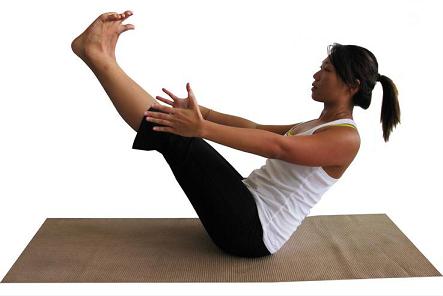 Benefits include the toning of your intestines, abdomen, legs, thighs and buttocks. Several sets of Navasana a day keep that tummy flab at bay!
Benefits include the toning of your intestines, abdomen, legs, thighs and buttocks. Several sets of Navasana a day keep that tummy flab at bay!
